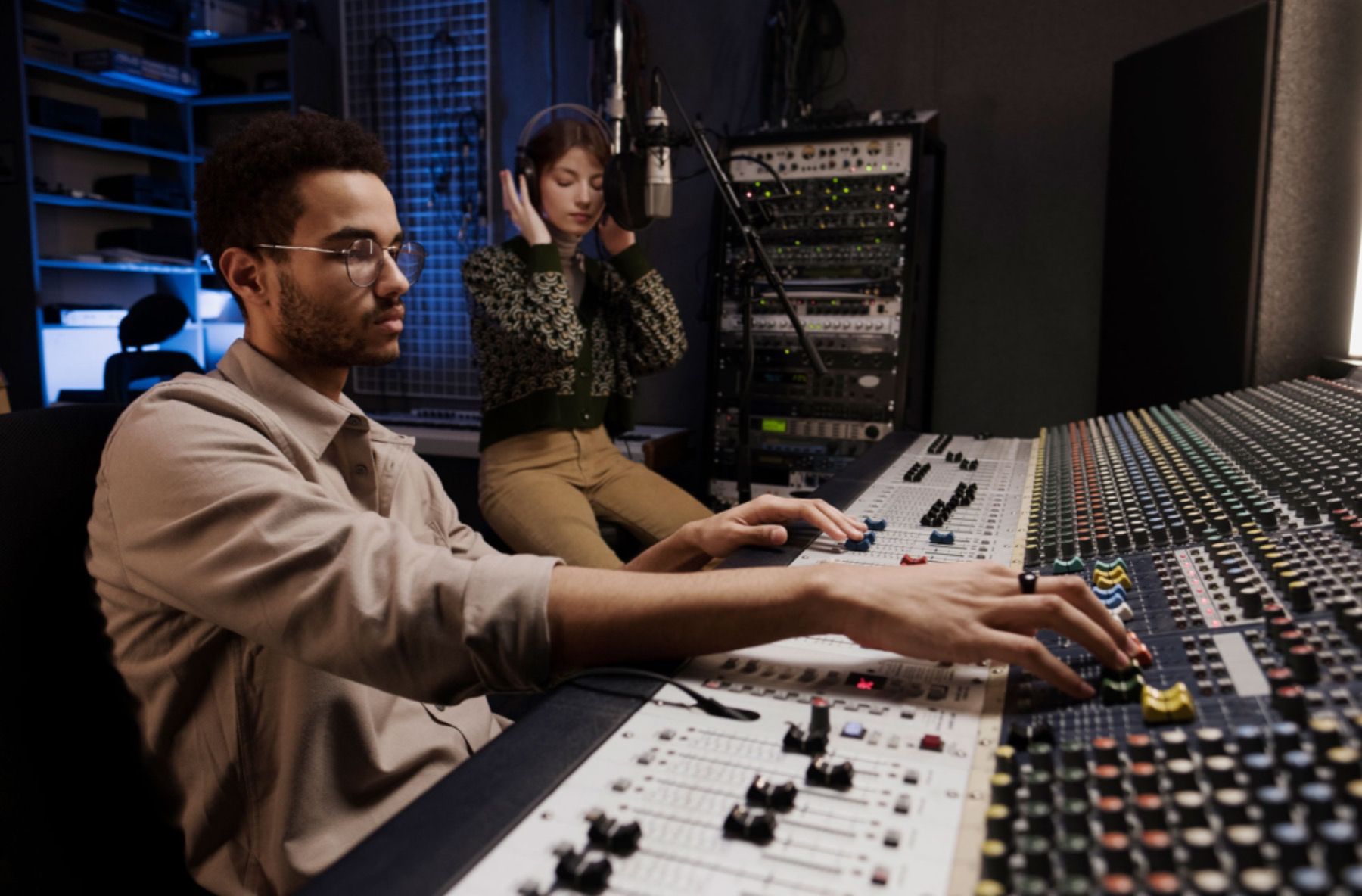Being an artist is a journey that includes growth and setting goals for yourself. When it comes to being an artist, it is important to set goals for yourself so that you stay on track with attaining what you want to achieve. Many people can stray away from their goals or get disorganized, so setting goals and organizing yourself is key to helping you develop as an artist.
As an artist, here are five goals you can set for yourself to improve your skills, develop your style, and reach your full creative potential:
1. Create a body of work

Set a goal to create a specific number of pieces within a certain time frame, such as 10 paintings in 3 months or 20 sketches in a month. This will not only help you build a portfolio but also challenge you to work consistently and develop your skills.
Setting a goal to create a body of work is a great way to build your portfolio and improve your artistic skills. Here are a few tips to help you achieve this goal:
- Set a realistic timeline: Choose a timeframe that allows you to create the desired number of pieces without feeling overwhelmed or rushed. Consider factors like your current workload, personal commitments, and available resources when setting your timeline.
- Choose a theme or subject: Having a clear focus for your body of work can help you stay motivated and inspired. Choose a theme or subject that interests you and that you can explore in depth over the course of your project.
- Experiment with different mediums and techniques: Creating a body of work is an opportunity to try new things and push yourself creatively. Don’t be afraid to experiment with different mediums, techniques, and styles to find what works best for you.
- Track your progress: Keep a record of the pieces you create and the time you spend on each one. This can help you stay on track with your goal and identify areas where you need to adjust your approach.
- Get feedback: Share your work with others and ask for feedback to help you improve. Consider joining a local art group or sharing your work on social media to get constructive criticism and support from fellow artists.
Remember, creating a body of work is a challenging but rewarding goal that can help you improve your skills, build your portfolio, and showcase your unique artistic style.
2. Learn a new skill or technique

Whether it’s learning how to use a new medium, mastering a specific technique, or exploring a new style, expanding your skillset can help you grow as an artist and bring new ideas and inspiration to your work.
Learning new skills and techniques is essential for any artist who wants to continue growing and developing their craft. Here are a few tips to help you achieve this goal:
- Start with something you’re interested in: Choose a new skill or technique that you’re excited about and that aligns with your artistic goals. This will help you stay motivated and engaged as you learn.
- Find a teacher or mentor: Taking classes or workshops with an experienced artist can be a great way to learn new techniques and get feedback on your work. Look for local art schools or studios, or consider taking an online course.
- Practice consistently: Learning a new skill takes time and practice, so commit to practicing regularly. Set aside time each day or week to work on your new technique or skill, and be patient with yourself as you learn.
- Experiment with different materials: Trying out different materials can help you discover new techniques and styles that you may not have considered before. Don’t be afraid to step outside your comfort zone and experiment with new tools and materials.
- Reflect on your progress: As you learn, take time to reflect on your progress and assess what you’ve learned. Identify areas where you’ve improved and areas where you can still grow, and use this knowledge to guide your continued practice.
Remember, learning new skills and techniques is a lifelong pursuit for artists, and can help you continue to develop and refine your unique artistic voice. Don’t be afraid to take risks and try new things – the rewards can be well worth the effort.
3. Enter a competition or exhibition

Participating in competitions or exhibitions can provide you with valuable exposure and feedback from other artists, as well as help you build your confidence and professional profile. Entering a competition or exhibition can be a great way to gain exposure, build your professional profile, and challenge yourself as an artist. Here are some tips for achieving this goal:
- Research opportunities: Look for local or national competitions and exhibitions that align with your artistic style and goals. Check out art organizations, galleries, and museums for upcoming events or consider entering online competitions.
- Read the guidelines carefully: Make sure you read and understand the rules and requirements for the competition or exhibition before submitting your work. Pay close attention to submission deadlines, fees, and any specific requirements for the artwork.
- Choose your best work: Be selective when choosing the pieces to enter. Select pieces that are strong and showcase your unique style, and that fit within the guidelines of the competition or exhibition.
- Prepare your submission materials: Take the time to prepare high-quality images or physical copies of your artwork and any supporting materials required for your submission. Make sure your submission is complete and meets all the guidelines and requirements.
- Learn from the experience: Whether you’re accepted into the competition or not, use the experience as a learning opportunity. Consider any feedback or critiques you receive, and use this information to continue developing your artistic skills and style.
Remember, entering a competition or exhibition can be a great way to gain exposure and build your artistic reputation. Don’t be discouraged if you don’t get accepted the first time – keep practicing, improving your skills, and seeking out new opportunities to share your work.
4. Build your brand

Create a personal brand as an artist by building a website, social media presence, and online portfolio to showcase your work and connect with potential clients or collaborators. Consistent branding can also help you establish a recognizable style and attract a following.
5. Collaborate with other artists

Collaborating with other artists can help you learn from others, gain new perspectives, and push your creativity to new heights. Consider joining a local art group or reaching out to other artists online to find opportunities to collaborate on a project.
Register to Access Free Courses, Plugins, Projects, Samples & More
When you register with pointblank, you access an array of free sounds, plugins, online course samples and much more! Simply register below and visit our Free Stuff page to get your hands on a range of exclusive music-making tools and tutorials provided by the team. Fill your boots!
